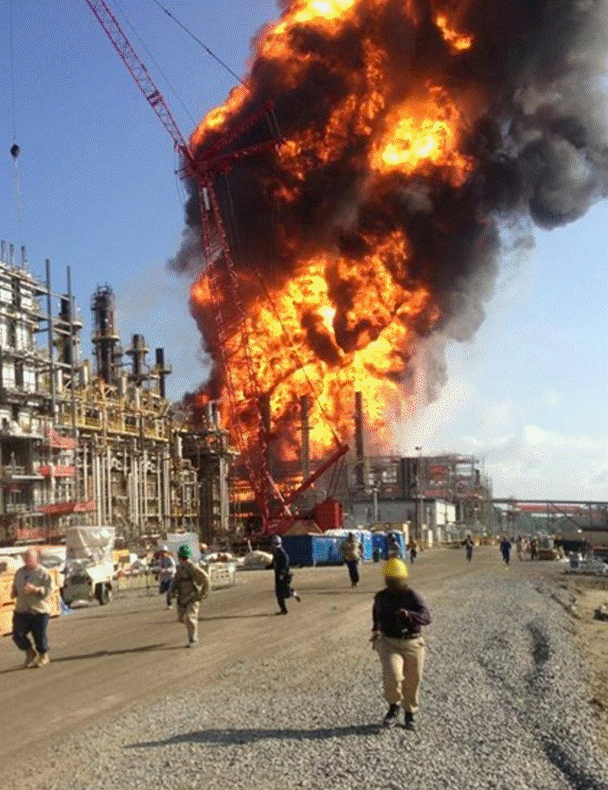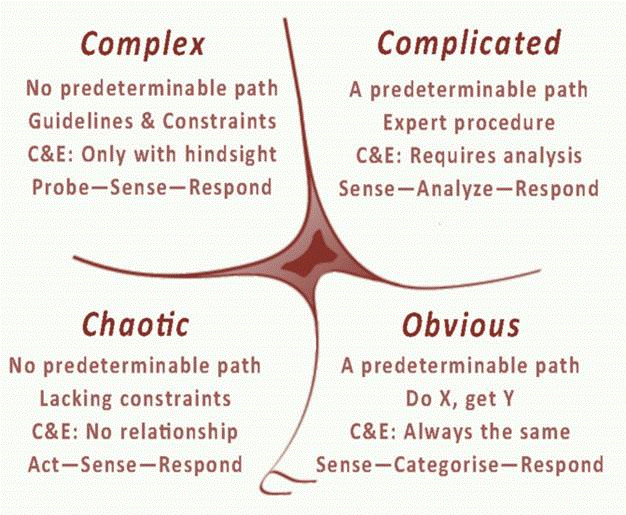

At Schneider Electric’s recent 2018 Triconex User’s Group Conference in Galveston, TX, Steve Cutchen, Investigator with the US Chemical Safety Board’s (CSB) Chemical and Hazard Investigation Board, presented on moving toward a more holistic process safety mindset that focuses on creating resilience by looking at what can be done to improve safety, rather than what has been done in the past. For readers who may not be familiar with the CSB, while it is tasked with investigating incidents, it can only make specific recommendations to improve safety based on those investigations, rather than develop regulations or issue fines.

Mr. Cutchen described several accidents and then defined Safety I as people working as imagined. If something goes wrong, find what it was and fix it with hardware/software, training, and updated procedures. His main point is that Safety I usually focuses on the person/people involved fixing the problem. He believes industry’s view of safety needs to evolve beyond this mentality.
When it comes to process safety, industry targets routine and non-routine operations, developing procedures to enforce “work as imagined.” This doesn’t address the unplanned, which makes fixing the system an endless task. If we can accept that every imaginable task cannot be specified, then “work as performed” will eventually deviate from “work as imagined.” Mr. Cutchen flipped the equation from people being the cause of things going wrong a fraction of the time, to people being the cause of things going RIGHT most of the time. He introduced the concept of resilience as the response to complex situations, a behavior that is proactive, adaptive, and self-correcting in the face of adversity.
Adverse outcomes are not the result of unusual actions in usual conditions, but of usual actions in unusual conditions. (Ref: Erik Hollnagel, “Is Justice Really Important to Safety?”). Safety II, then is:


